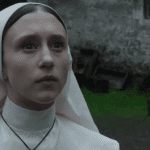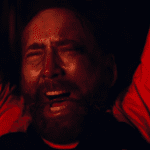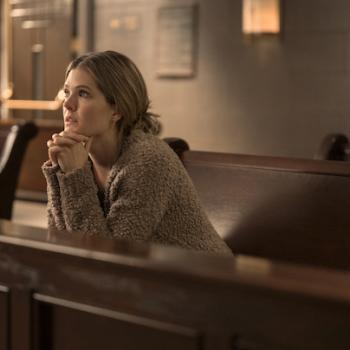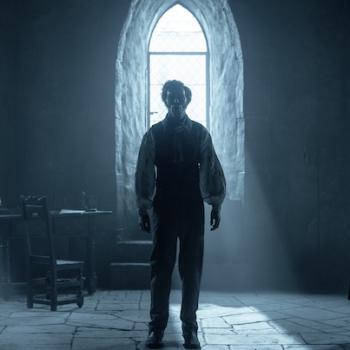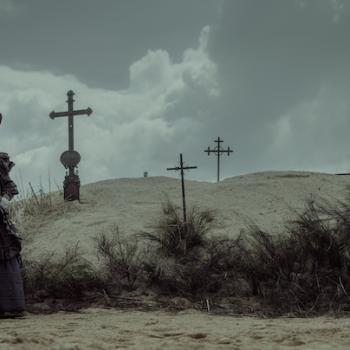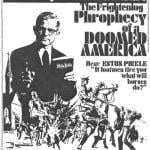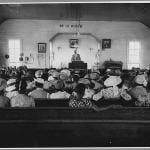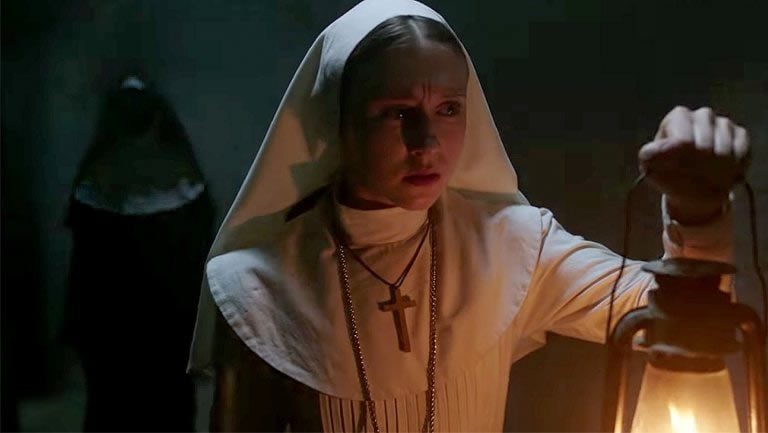
Ghoulish Girl Power
We’ve long heard that women are underrepresented in movies, and it’s true. Studies show that men hog starring roles, supporting characters and simply have speaking parts a lot more than women do in popular films. And when women do show up, they’re often sexualized—forced to wear revealing clothing or, at times, nothing at all (and far more frequently than men). When you consider that audiences for horror movies are overwhelmingly male, you’ve got a genre recipe for some serious cinematic sexism.
The Conjuring films upend those trends, and they have from its very beginning. The movies always focus on strong female characters, from its heroes to its villains to its not-so-helpless victims. In the Conjuring Universe, women run the show.
The Nun ramps up the franchise’s fearsome feminism yet another degree or two.
Let’s start with the titular nasty, a demon named Valak (played by a terrifying Bonnie Aarons). Sure, the demon’s not necessarily a woman (they tend to shape-shift a bit), but it certainly loves dressing up as one, parading around as a demonic nun—a corruption of one of the world’s holiest professions. Fittingly, she stalks the dark recesses of an ancient abbey, a place of black reputation and ancient evil, perhaps hoping in turn to corrupt the pious nuns around her.
The nuns who live in the abbey know all about that evil. That’s why they’re there, in fact. They’re essentially spiritual warriors, and for centuries they’ve used the power of prayer to keep that evil locked away, and they’ve sacrificed everything to perform this sacred duty. There are no men to save the day here—the only guy they lean on is Jesus Himself. And for ages, they’ve done their collective job remarkably well.
But now (in 1952), that evil’s beginning to leach out a bit. The movie’s story really begins when one of the nuns apparently commits suicide, and the Vatican sends Father Anthony Burke (Demián Bichir) and a novitiate named Sister Irene (Taissa Farmiga) to investigate. (A delivery guy named Frenchie, played by Jonas Bloquet, tags along, too.)
At first, it would seem that Burke’s our film’s hero. He’s the traditional, seasoned exorcist with a bag full of holy water and crosses at his disposal. Or you could put your money on Frenchie, a young, swaggering youth who certainly looks the part, ready with both gun and quip.
Yes, both these men play important roles and engage in their fair share of derring-do. But Sister Irene is the movie’s true hero. Her piety and courage protects and saves the men she’s working with, and she poses the most serious challenge to the evil Nun’s designs. Alas, that makes her, potentially, Valak’s greatest prize, too. After all, the the demon is known as “the Defiler,” and it’d like nothing better than to corrupt this virginal, brave bride of Christ.
Even the movie’s ever-present religious iconography points to its sense of feminism, in a way. When Irene was a child, she had a series of visions that always ended with the same thought: “Mary points the way.” And, in a critical moment, a statue of Mary does just that.


